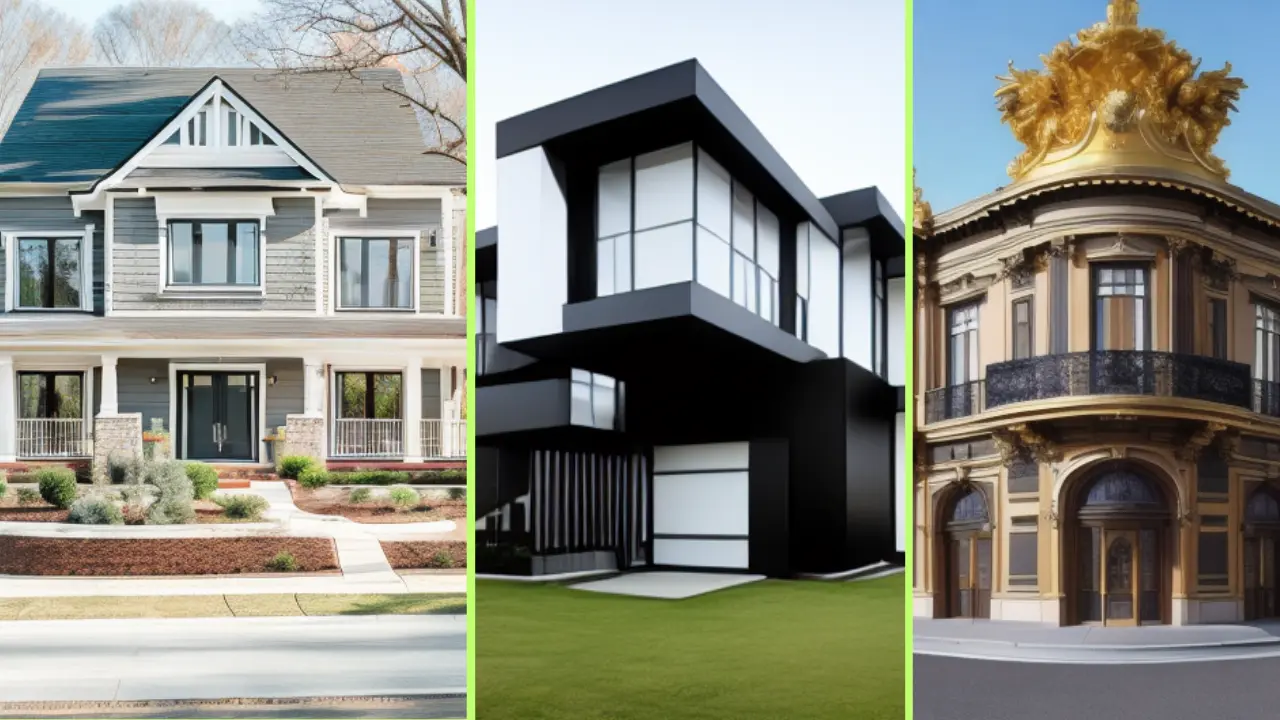
AI-Driven Design and Architecture
AI tools are now capable of assisting architects in creating innovative exterior designs by optimizing structures for aesthetics, functionality, and sustainability. With machine learning algorithms and data analysis, AI can analyze vast amounts of architectural data to recommend design options that are not only visually appealing but also environmentally responsible.
One of the most significant contributions AI makes to exterior design is through generative design. Generative design is a process where AI algorithms explore all possible design configurations to optimize a structure for specific parameters such as material cost, environmental impact, and structural integrity. This technology has been used to create innovative facades, energy-efficient buildings, and complex shapes that might not be possible with traditional design methods.
For example, AI can analyze sunlight patterns and wind flow to recommend building facades that maximize natural light and reduce energy consumption. This kind of intelligence allows architects to develop exteriors that are not just beautiful but also sustainable, offering solutions to some of the most pressing challenges in modern architecture.
AI in Urban Planning and Landscaping
AI’s influence extends beyond individual buildings into the realm of urban planning and landscaping. Urban designers are using AI tools to plan cities and public spaces that are smarter, more resilient, and more livable. AI-powered simulations can model various environmental factors, such as traffic flow, air quality, and social behavior, to help design exterior spaces that meet the needs of residents while minimizing negative impacts on the environment.
AI can also aid in the design of sustainable landscapes by analyzing soil types, climate conditions, and plant species to create green spaces that thrive naturally. With AI’s predictive capabilities, designers can plan for future changes in weather patterns and ensure that outdoor spaces are adaptable to climate change. This makes urban parks, green roofs, and other outdoor features more sustainable and able to withstand the test of time.
AI for Construction and Maintenance of Exterior Spaces
AI is not only transforming the design process but also the way buildings are constructed and maintained. Through AI-powered robotics, construction processes can be automated, making the creation of complex exterior features faster and more cost-effective. Drones and robots equipped with AI can also be used to monitor construction sites, ensuring that every element of the exterior design is executed to perfection.
Furthermore, AI is helping with the long-term maintenance of exterior structures. By employing sensors and AI algorithms, it’s possible to predict when certain parts of a building's exterior—such as facades, windows, or roofing—may require repair or replacement. This predictive maintenance reduces downtime and extends the lifespan of buildings, ultimately saving time and resources.
Conclusion
AI is undoubtedly shaping the future of exterior design, offering new opportunities for architects, urban planners, and construction professionals to create more sustainable, efficient, and visually striking environments. With the continued advancement of AI technology, we can expect even greater innovation in the ways we design and interact with the exteriors of our buildings and cities. From energy-efficient facades to smarter urban landscapes, AI is paving the way for a more sustainable and aesthetically pleasing future in architecture!